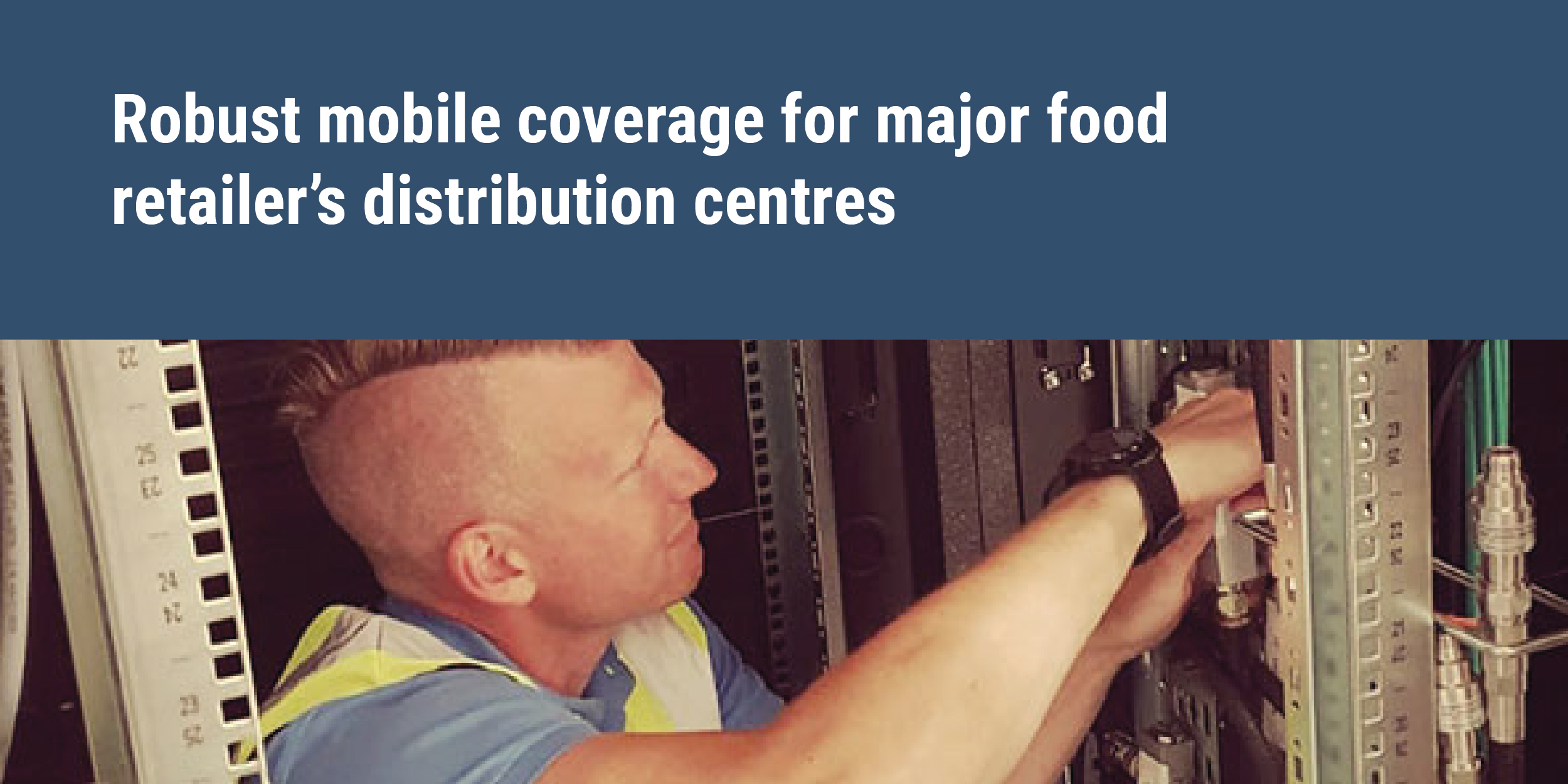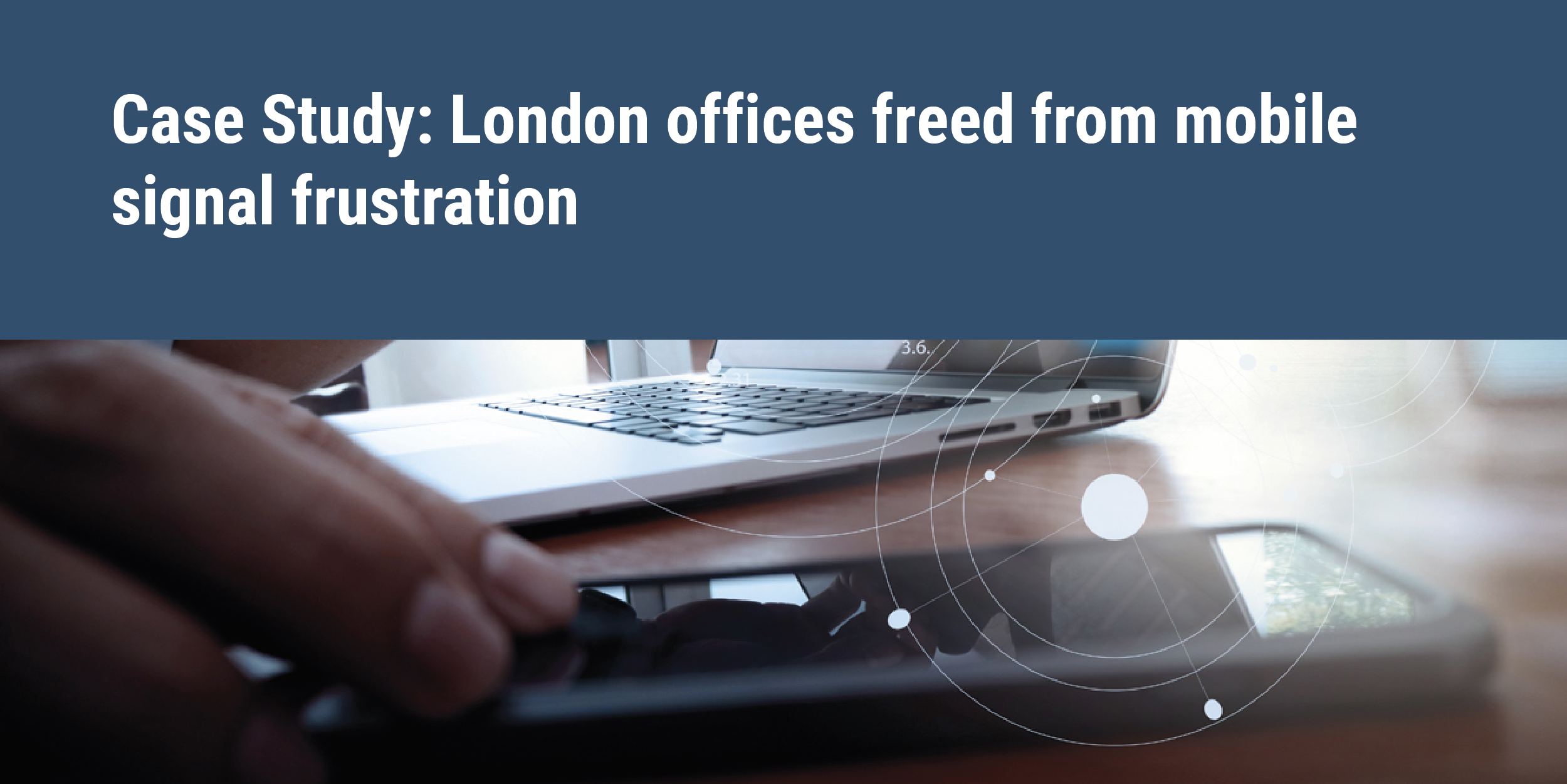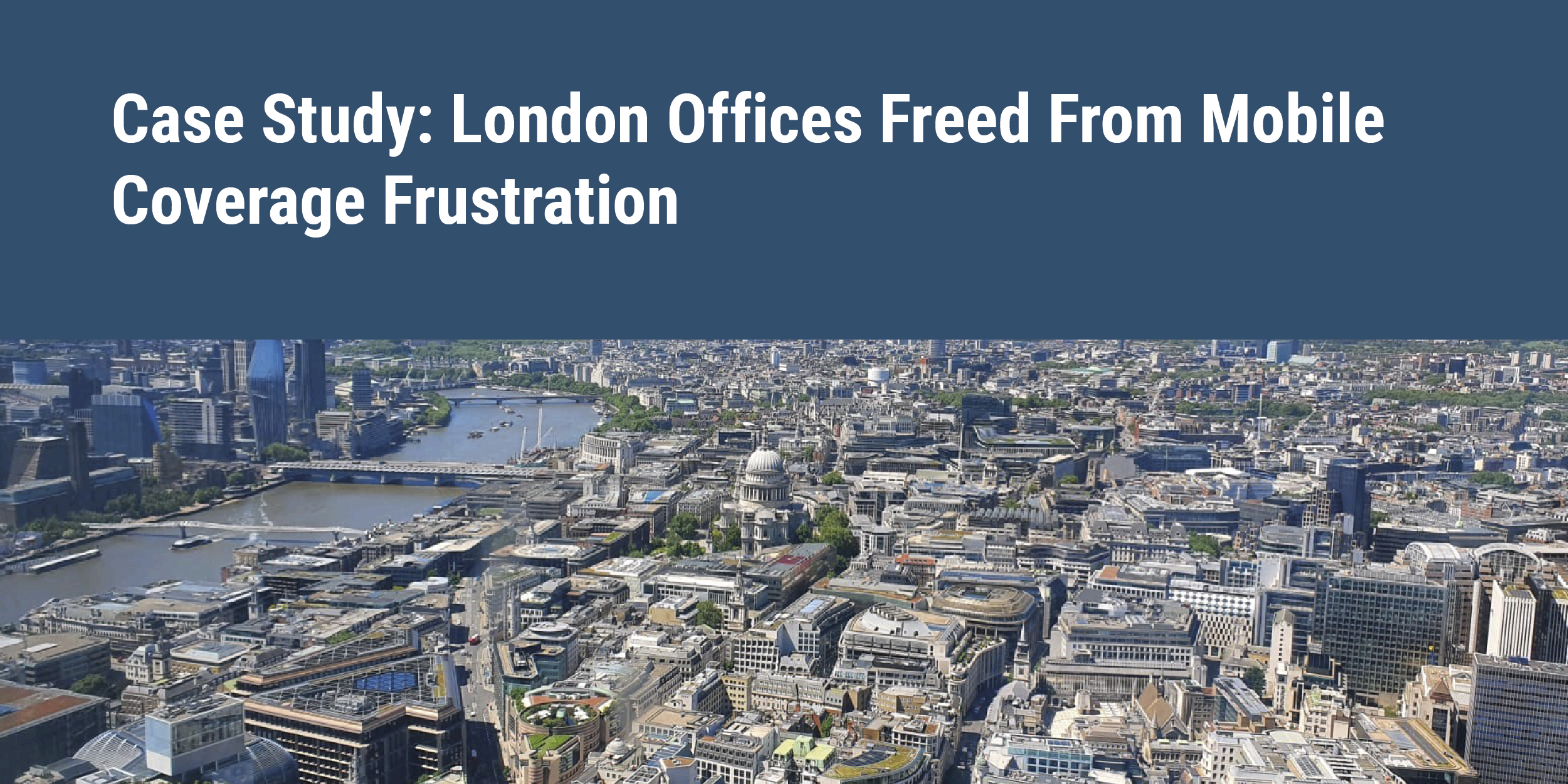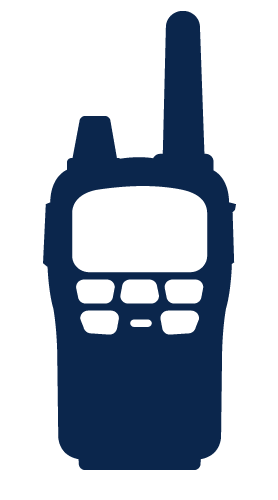CASE STUDY
Underground Metro systems.
CASE STUDY
Underground Metro systems.
Tunnels are frustrating? Halfway through a conversation, midway through sending an urgent email, mid-song on the radio, and everything unceremoniously stops…Well, this article is about changing all of that.
SEAMLESS COVERAGE
Seamless mobile coverage between the outside and inside of building
‘INVISIBLE’ SOLUTION
Designed and installed to be invisible and not detract from the building’s aesthetic
DUAL PURPOSE
Single distributed antenna system provides both cellular and two-way radio coverage
To find out more about our mobile and two-way radio coverage solutions please get in touch
Achieving mobile phone coverage in a confined space, like a tunnel, is difficult. Ensuring usable signal in a train, in a rail tunnel, is even more complex due to the narrow gauge, the restricted height, the length of the tunnel and the materials used in constructing the train carriages.
In the past we may have accepted that coverage would fall away when we entered a tunnel, but now we expect coverage to be seamless and uninterrupted, and why not? It isn’t an impossible feat.
What are the challenges of providing mobile coverage in tunnels like London Underground’s network? What are the available solutions and which is the most effective in overcoming the challenges?
The Challenge
In planning mobile coverage in a tunnel there are a number of considerations, including the length of the tunnel, size of the bore and anticipated demand on the system. Add in the challenge of ensuring a seamless transition on entering and leaving the tunnel, i.e. handing the signal from the cell site at the start of the tunnel to the site that’s being created in the tunnel and then on to the cell site on the far side of the tunnel, without dropping the signal.
In planning for mobile coverage on a subterranean rail network there are additional layers of complexity for the system designer – speed and frequency of trains etc. – and consideration of how passengers connect with the system during their journey, to ensure the best user experience. For example, a user waiting on a station platform is static and in an area of high dwell. Imagine them starting a data session at this point, perhaps downloading an important document or initiating a phone call. A train pulls into the station, they hop on and the mobile network has to manage the data session to ensure continuity of coverage, possibly involving a handover between cell sites whilst in a tunnel. All this should happen seamlessly without the user being aware of the signal management needed, but it can only happen if the physical infrastructure is in place to handle the radio traffic.
The Solution
There are a number of possible solutions for achieving mobile coverage in a tunnel, depending on the application:
1) If a tunnel is relatively short, the Mobile Network Operator (MNO) may direct a signal at the tunnel mouth, aiming for it to reach down the tunnel and provide coverage through it. This is a crude solution which can be effective but it requires careful planning, and can produce variable results.
2) An off-air cell enhancer can be used to re-broadcast the signal from outside into the tunnel. This can be a very effective solution but success is dependent on network capacity. If the network is particularly busy, mobile users may have a poor experience as the signal from the congested cell site may be too weak to be effectively amplified down the tunnel.
3) An internal cell site can be created within the tunnel to provide dedicated coverage, overlapping with the external signals at either end to manage the mobile traffic seamlessly. This was the principle of the system that was installed in the Dartford Tunnel for 3G, which was standard at the time. The Mobile Network Operators (MNOs) landed their base stations in a service tunnel between the east and west bores, then connected to a small Distributed Antenna System (DAS) inside the tunnels. Two directional antennas linked to the DAS and mounted back-to-back, in the middle of each tunnel bore, then provided coverage. With the advent of 4G and 5G, providing effective solutions has become more complex.
4) A ‘Neutral Host’ Distributed Antenna System (DAS) is the system London Underground has trialled on the Jubilee Line. ‘Neutral Host’ simply means that the system is not owned by any of the four Mobile Network Operators (MNOs) but is designed to carry some or all of them. The MNOs deliver a radio signal to the DAS, which converts the signal to light to transmit it via optical fibre cabling to a system of radio units, which then convert it back to a radio signal to provide the ‘last-leg’ of the mobile coverage over the air interface. In so doing, the end user gets the coverage required to make calls , receive and send messages and check their LinkedIn contacts.
The lower frequency bands should achieve better coverage results in the tunnels because of lower signal power losses at the lower mobile frequencies, the confined space environment and high blocking effect of the train carriages at higher frequencies. High-power radio units using lower frequencies would provide effective radio coverage through leaky feeder in the tunnels. Conversely, low-power radio units using higher frequency bands would offer higher data rates in areas of high dwell, like the platforms and the concourses. By using low power radio units inside the stations , installers can take advantage of structured cabling and a more flexibe deployment of the radiating elements in a station. Therefore providing high data rates and good voice coverage to users in the undergound stations.
Although there are a number of options for achieving cellular coverage in tunnels, to provide a future proof solution for an underground metro, with its network of subterranean stations and tunnels and high passenger footfall, a Neutral Host DAS is the ultimate solution to meet increasing demand for uninterupted connectivity and faster upload and download speeds and provide for the advent of 5G.
Achieving mobile phone coverage in a confined space, like a tunnel, is difficult. Ensuring usable signal in a train, in a rail tunnel, is even more complex due to the narrow gauge, the restricted height, the length of the tunnel and the materials used in constructing the train carriages.
In the past we may have accepted that coverage would fall away when we entered a tunnel, but now we expect coverage to be seamless and uninterrupted, and why not? It isn’t an impossible feat.
What are the challenges of providing mobile coverage in tunnels like London Underground’s network? What are the available solutions and which is the most effective in overcoming the challenges?
The Challenge
In planning mobile coverage in a tunnel there are a number of considerations, including the length of the tunnel, size of the bore and anticipated demand on the system. Add in the challenge of ensuring a seamless transition on entering and leaving the tunnel, i.e. handing the signal from the cell site at the start of the tunnel to the site that’s being created in the tunnel and then on to the cell site on the far side of the tunnel, without dropping the signal.
In planning for mobile coverage on a subterranean rail network there are additional layers of complexity for the system designer – speed and frequency of trains etc. – and consideration of how passengers connect with the system during their journey, to ensure the best user experience. For example, a user waiting on a station platform is static and in an area of high dwell. Imagine them starting a data session at this point, perhaps downloading an important document or initiating a phone call. A train pulls into the station, they hop on and the mobile network has to manage the data session to ensure continuity of coverage, possibly involving a handover between cell sites whilst in a tunnel. All this should happen seamlessly without the user being aware of the signal management needed, but it can only happen if the physical infrastructure is in place to handle the radio traffic.
The Solution
There are a number of possible solutions for achieving mobile coverage in a tunnel, depending on the application:
1) If a tunnel is relatively short, the Mobile Network Operator (MNO) may direct a signal at the tunnel mouth, aiming for it to reach down the tunnel and provide coverage through it. This is a crude solution which can be effective but it requires careful planning, and can produce variable results.
2) An off-air cell enhancer can be used to re-broadcast the signal from outside into the tunnel. This can be a very effective solution but success is dependent on network capacity. If the network is particularly busy, mobile users may have a poor experience as the signal from the congested cell site may be too weak to be effectively amplified down the tunnel.
3) An internal cell site can be created within the tunnel to provide dedicated coverage, overlapping with the external signals at either end to manage the mobile traffic seamlessly. This was the principle of the system that was installed in the Dartford Tunnel for 3G, which was standard at the time. The Mobile Network Operators (MNOs) landed their base stations in a service tunnel between the east and west bores, then connected to a small Distributed Antenna System (DAS) inside the tunnels. Two directional antennas linked to the DAS and mounted back-to-back, in the middle of each tunnel bore, then provided coverage. With the advent of 4G and 5G, providing effective solutions has become more complex.
4) A ‘Neutral Host’ Distributed Antenna System (DAS) is the system London Underground has trialled on the Jubilee Line. ‘Neutral Host’ simply means that the system is not owned by any of the four Mobile Network Operators (MNOs) but is designed to carry some or all of them. The MNOs deliver a radio signal to the DAS, which converts the signal to light to transmit it via optical fibre cabling to a system of radio units, which then convert it back to a radio signal to provide the ‘last-leg’ of the mobile coverage over the air interface. In so doing, the end user gets the coverage required to make calls , receive and send messages and check their LinkedIn contacts.
The lower frequency bands should achieve better coverage results in the tunnels because of lower signal power losses at the lower mobile frequencies, the confined space environment and high blocking effect of the train carriages at higher frequencies. High-power radio units using lower frequencies would provide effective radio coverage through leaky feeder in the tunnels. Conversely, low-power radio units using higher frequency bands would offer higher data rates in areas of high dwell, like the platforms and the concourses. By using low power radio units inside the stations , installers can take advantage of structured cabling and a more flexibe deployment of the radiating elements in a station. Therefore providing high data rates and good voice coverage to users in the undergound stations.
Although there are a number of options for achieving cellular coverage in tunnels, to provide a future proof solution for an underground metro, with its network of subterranean stations and tunnels and high passenger footfall, a Neutral Host DAS is the ultimate solution to meet increasing demand for uninterupted connectivity and faster upload and download speeds and provide for the advent of 5G.
SEAMLESS COVERAGE
Seamless mobile coverage between the outside and inside of building
‘INVISIBLE’ SOLUTION
Designed and installed to be invisible and not detract from the building’s aesthetic
DUAL PURPOSE
Single distributed antenna system provides both cellular and two-way radio coverage
To find out more about our mobile and two-way radio coverage solutions please get in touch
Related Posts

Robust mobile coverage for major food retailer’s distribution centres
Pan RF has designed and installed in-building mobile enhancement (IME) systems at regional distribution centres…

Mobile signal solution for leading supermarket
Pan RF has helped one of the UK’s fastest growing supermarkets to overcome the challenge…

London Offices Freed From Mobile Signal Frustration
Pan RF helped a client to overcome the challenge of ensuring robust, reliable cellular coverage…

London Offices Freed From Mobile Coverage Frustration
Pan RF helped a client to overcome the challenge of ensuring robust, reliable cellular coverage…




